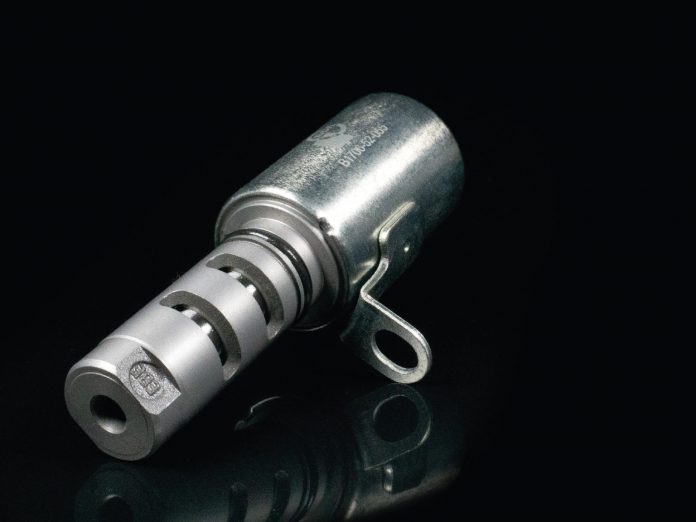types of water control valves
Types of Water Control Valves
Water control valves are essential components in plumbing, irrigation, and various industrial applications. They regulate the flow and pressure of water within piping systems, ensuring efficient operation and preventing potential damage. Understanding the different types of water control valves can help users make informed decisions about installation and maintenance.
1. Gate Valve
The gate valve is one of the most common types of water control valves. It operates by lifting a gate out of the flow path, allowing water to flow freely when fully open. Gate valves are ideal for applications where minimal pressure drop is desired. They are typically used for on/off control rather than throttling, making them suitable for systems that require a straight-line flow of fluid.
2. Globe Valve
Globe valves are designed for regulating flow in a piping system. They consist of a movable disc (the globe) that is lowered onto a stationary seat, effectively adjusting the flow rate. Globe valves are favored for their ability to control flow variations precisely and withstand higher pressures compared to gate valves. However, they tend to have a higher pressure drop and are generally not used for on/off applications.
3. Ball Valve
Ball valves feature a spherical disc that rotates within the valve body to control flow. When the ball’s hole is aligned with the flow, water passes through; when perpendicular, it closes the flow. Ball valves are known for their reliability and durability, providing a tight seal and quick operation. They’re commonly used in residential plumbing, industrial systems, and irrigation setups, especially when quick shut-off is desired.
types of water control valves

4. Plug Valve
Plug valves operate similarly to ball valves, utilizing a cylindrical or tapered plug with a hole. The orientation of the hole determines the flow pathway. Plug valves offer excellent sealing capabilities and are straightforward to operate. They are well-suited for on/off applications and can handle slurries and other viscous fluids, making them ideal for wastewater treatment.
5. Check Valve
Check valves are a crucial safety device in any piping system. They allow water to flow in one direction while preventing backflow. This is essential for preventing contamination and maintaining pressure in the system. Check valves come in various designs, including swing check, lift check, and ball check, accommodating different pressure and flow conditions.
6. Butterfly Valve
Butterfly valves consist of a rotating disc mounted on a shaft, allowing or restricting flow based on the disc’s position. They are favored for their compact design and quick operation, making them suitable for large volume flows. Typically made of lightweight materials, butterfly valves are commonly used in water treatment facilities, HVAC systems, and pipeline applications.
Conclusion
Selecting the right type of water control valve is critical for the efficiency and reliability of a water system. Each valve type has its unique advantages and limitations, depending on the specific needs of the application. By understanding these differences, users can optimize their systems for better performance and longevity. Proper installation and regular maintenance are also key to ensuring that these valves function effectively throughout their lifespan.
-
The Key to Fluid Control: Exploring the Advantages of Ball Valves in Industrial SystemsNewsJul.09,2025
-
The Versatile World of 1, 2, and 3 Piece Ball ValvesNewsJul.09,2025
-
Stainless Steel Ball Valves: The Ideal Choice for Efficient Flow ControlNewsJul.09,2025
-
Optimizing Fluid Control with Ball Float ValvesNewsJul.09,2025
-
Manual Gate Valves: Essential for Control and EfficiencyNewsJul.09,2025
-
Everything You Need to Know About Butterfly ValvesNewsJul.09,2025
-
The Versatility of Wafer Type Butterfly ValvesNewsJul.08,2025




